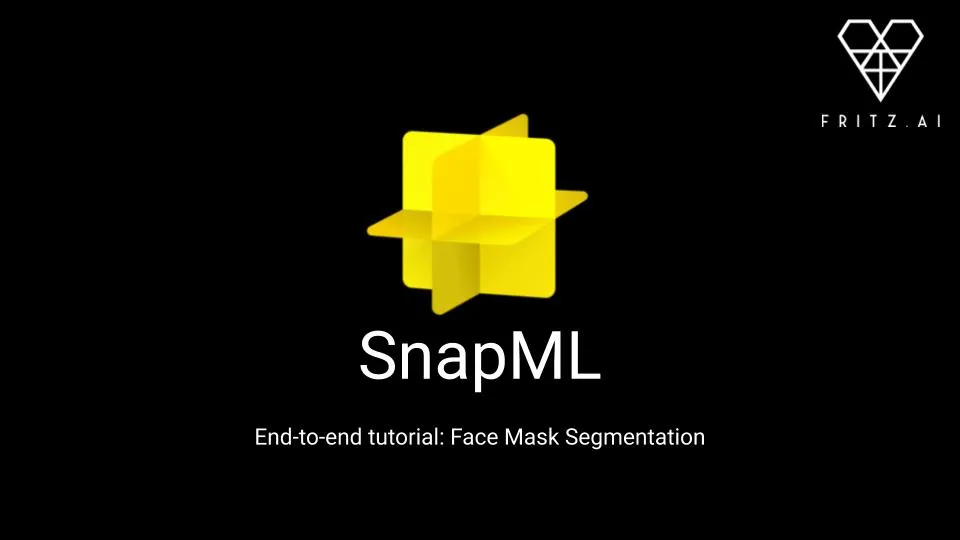Object detection, image classification, gesture recognition—these computer vision tasks are all hot topics in today’s machine learning landscape. There are many applications today that leverage these technologies to provide efficient and optimized solutions. And increasingly, these technologies are finding their way into mobile applications.
This tutorial aims to deliver one such demonstrative application, using the TensorFlow machine learning library in a Flutter project to perform binary image classification—cats vs dogs, a fundamental use case.
Continue reading “Build a Cat-or-Dog Classification Flutter App with TensorFlow Lite”






